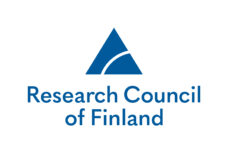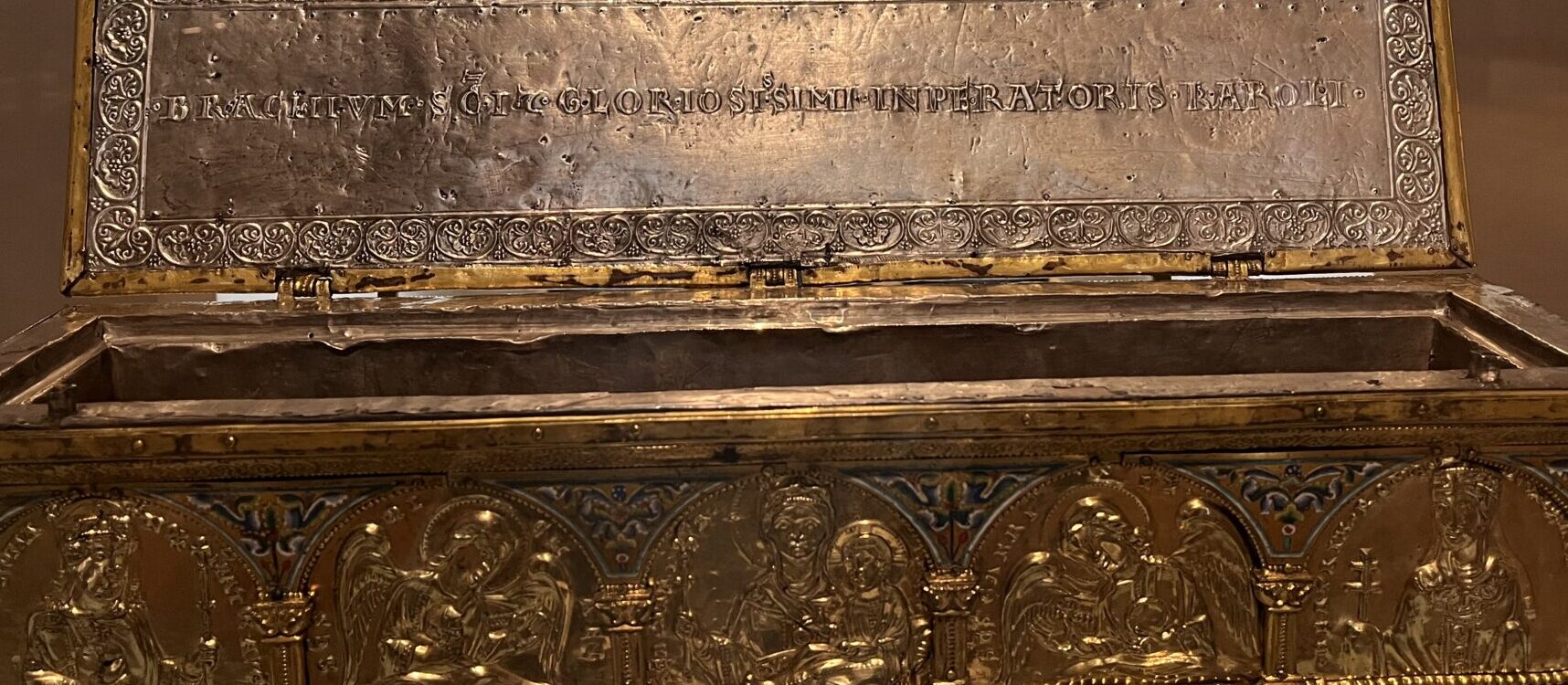Rethinking the Late Medieval Relic (c. 1200–1550)
Academy Research Fellowship (349210), funded by the Academy of Finland (2022–2027)
PI Marika Räsänen
Scholars have assumed that in consequence of several time-related factors including strict limits set on relics by the Catholic Church, profound societal changes, and decisive historical events, the role and importance of holy remains of saints diminished radically both in political discourse and in people’s lives in Late Medieval Western Europe. The project Rethinking the Late Medieval Relic challenges these older interpretations arguing that, rather than curtailing the importance of relics, this tumultuous era engendered new pluralism in holy matter just as the Church attempted to restrict their role. Eventually, the forms of existence of relics were challenged in many ways, but the legal basis of the relic’s raison d’être was not at risk: the relic was a sign of the unification of the earthly and heavenly worlds, a testimony of Christ’s resurrection and a promise of the resurrection of the body at the end of time.
People reacted to the extreme pressures working against the established concepts, beliefs and uses of the holy item and embraced new items as relics and adopted new relic practices for contacting God and saints. In consequence, this study will highlight the significance of materiality and blurring boundaries of everyday items and devotional objects in the late medieval lived religion on one hand and abstract relic-ness on the other, studying the potentiality of imagination in devotional practices connected to sainthood and supernatural.
For more information, please visit the project’s website:

